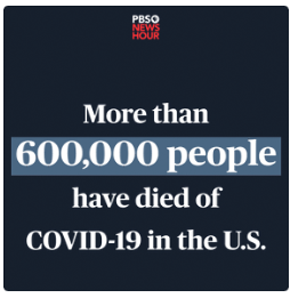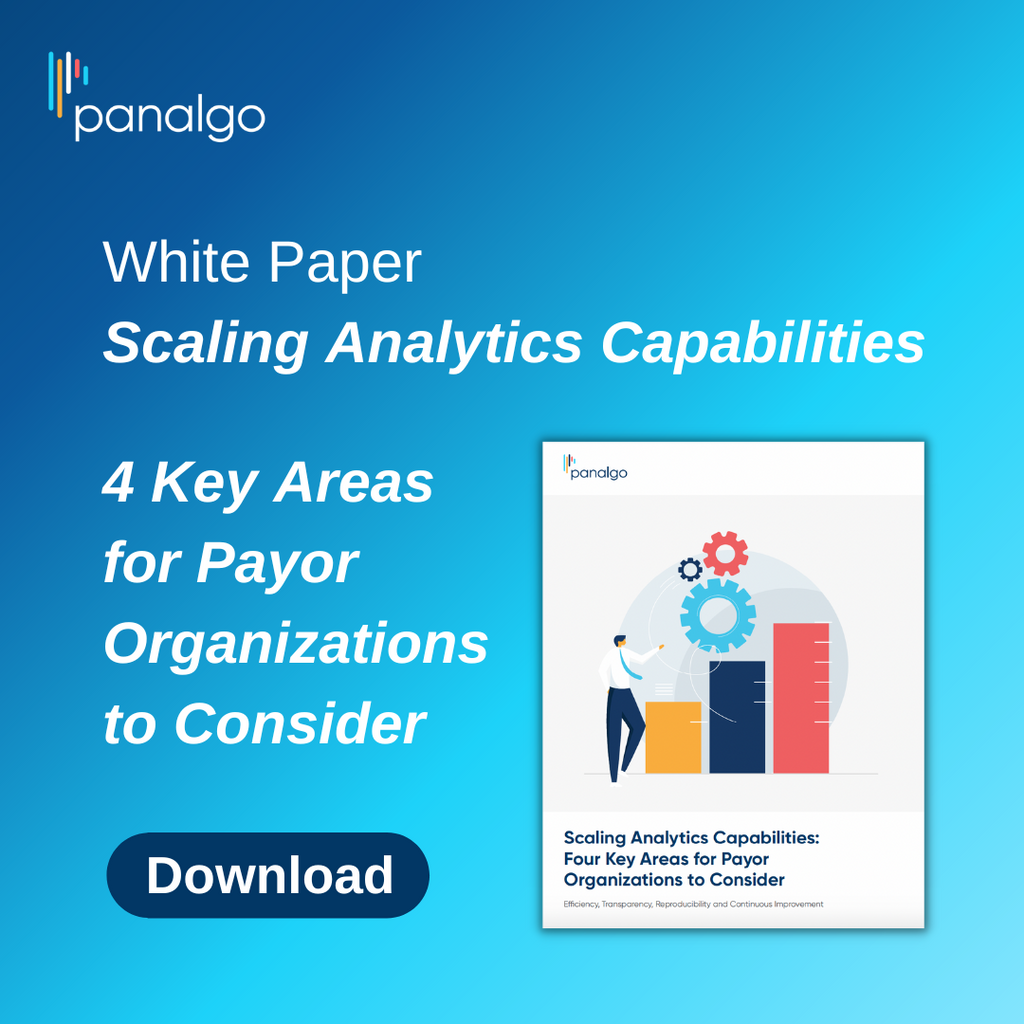Insurers Dish on What Makes Digital Health Vendors Stand Out
-
Apr 17, 2025
Finding a vendor that shares an insurer’s organizational values while enhancing member experience is crucial to getting good return on investment (ROI) from digital health solutions, according to panelists on a recent webinar sponsored by Medicaid Health Plans of America.
“One of the things that I would say we value is partners who are equally value-based,” said Rebecca Geist, national director of government programs business development for Kaiser Permanente.
It’s also a matter of ensuring a vendor is “a reflection of our mission and values” and ensuring members retain care and coverage, Geist added.
Many stakeholders at Kaiser are involved in the vendor-vetting process to ensure candidates meet the insurer’s standards for contracting and digital health solutions, including chief medical officers, business development, care delivery and pharmacy. This is to ensure there is a “clear delineation of duties,” appropriate workflows, and to ensure members will engage with the tool and won’t be confused or bothered by it.
“You want organizational buy-in, even down to pharmacy,” Geist said. “We leverage all our folks internally in order to make a consensus-driven decision.”
Digital health solutions should also provide new information or a new perspective, said Mike Rapach, president and CEO of CareFirst Community Health Plan Maryland. “It’s a question of what’s new, what’s different, what’s an angle about this that we don’t understand, and how would it affect our members,” he said. “We’re often trying to gain an understanding of what we don’t know.”
Maryland has a “very unique” hospital reimbursement system under Medicaid and Medicare, Rapach said. The state uses an all-payer rate-setting system that exempts it from CMS’s Inpatient and Outpatient Prospective Payment Systems, allowing Maryland to set these rates. Rather than controlling unit costs, insurers in Maryland can control utilization. Rapach said one of the first questions he asks potential vendors is whether they understand the all-payer system “and can repeat it back to us,” he explained. “Then we can have a good conversation.”
Vendors can also “immediately gain more credibility” if they are willing to put their money on the line and accept financial risk for outcomes, said Ifran Islam, vice president of value-based care with Prominence Health.
“I often find the more ready you are on that, the more you as a vendor are given the leeway to determine the methodology [of a pilot study],” Islam said.
“We need them to have some skin in the game, feel that this is worth their time, feel that they can make a viable business,” Rapach added. “Because while we as the health plan want to capture every possible thing we want to, we also have to make sure that our partners are viable long term and that they have a good financial position that they can operate from, grow, develop, bring in new customers, and help us enhance and develop what they're doing over time.”
Controlling utilization is “always a driver” when choosing a vendor partner, Rapach said. Some tools can target patients’ medication adherence to avoid episodes of hospital care and push patients to “take their health more seriously in a focused manner.”
“We can’t expect amazing things to come out of 15 minutes with a doctor every three months — that’s not going to cause somebody’s health to change,” Rapach said. “These mechanisms through digital tools, through partnerships — that’s the way we can really have an impact because they will have more touches with a member and their needs than we’ll ever get through a traditional provider world.”
Are Too Many Tools a Bad Thing?
There is such a thing as too many digital solutions. For example, multiple diabetes care tools can make it hard to know which one worked best for a patient. They can also frustrate patients.
“You want to make sure the member’s not being touched too many times because that could be confusing and lead to a lack of adherence,” Geist explained.
Keeping a patient interested and engaged is also a challenge, Rapach noted. While too many tools could confuse patients, multiple tools may be needed to capture and keep their attention. “One member might get caught by this [tool], but this member may avoid it or not be interested, but they may get caught by something else,” he said. With something like medication adherence, “one solution just isn’t going to work” because the organization won’t know until long after the fact which solution worked for which patient.
“It’s a complex thing because we’re dealing with people who are complex…and sometimes aren’t the easiest” to obtain discrete data points from, Rapach added.
Payers can also use a mix of internal solutions and vendor tools. For example, an internal diabetes coaching program from case managers can use a complementary educational tool developed by an outside vendor. But insurers must also evaluate whether this is necessary. Look at what you are paying a vendor for vs. internal case management teams, Geist advised. “Look at where the need is and be clear on where the member engagement is,” she added.
Insurers Should Look for Soft ROI
Geist mentioned a “soft ROI” that can be difficult to quantify. For example, a digital tool can take strain off emergency services and hospitals if a patient uses it instead of going to the emergency department for a non-emergency. Patient satisfaction could also increase while grievances decrease. Other soft ROI could include the ways a solution enhances a patient’s life. “And that’s hard to attribute,” Geist said.
This article was reprinted from AIS Health’s weekly publication Health Plan Weekly.
© 2025 MMIT











